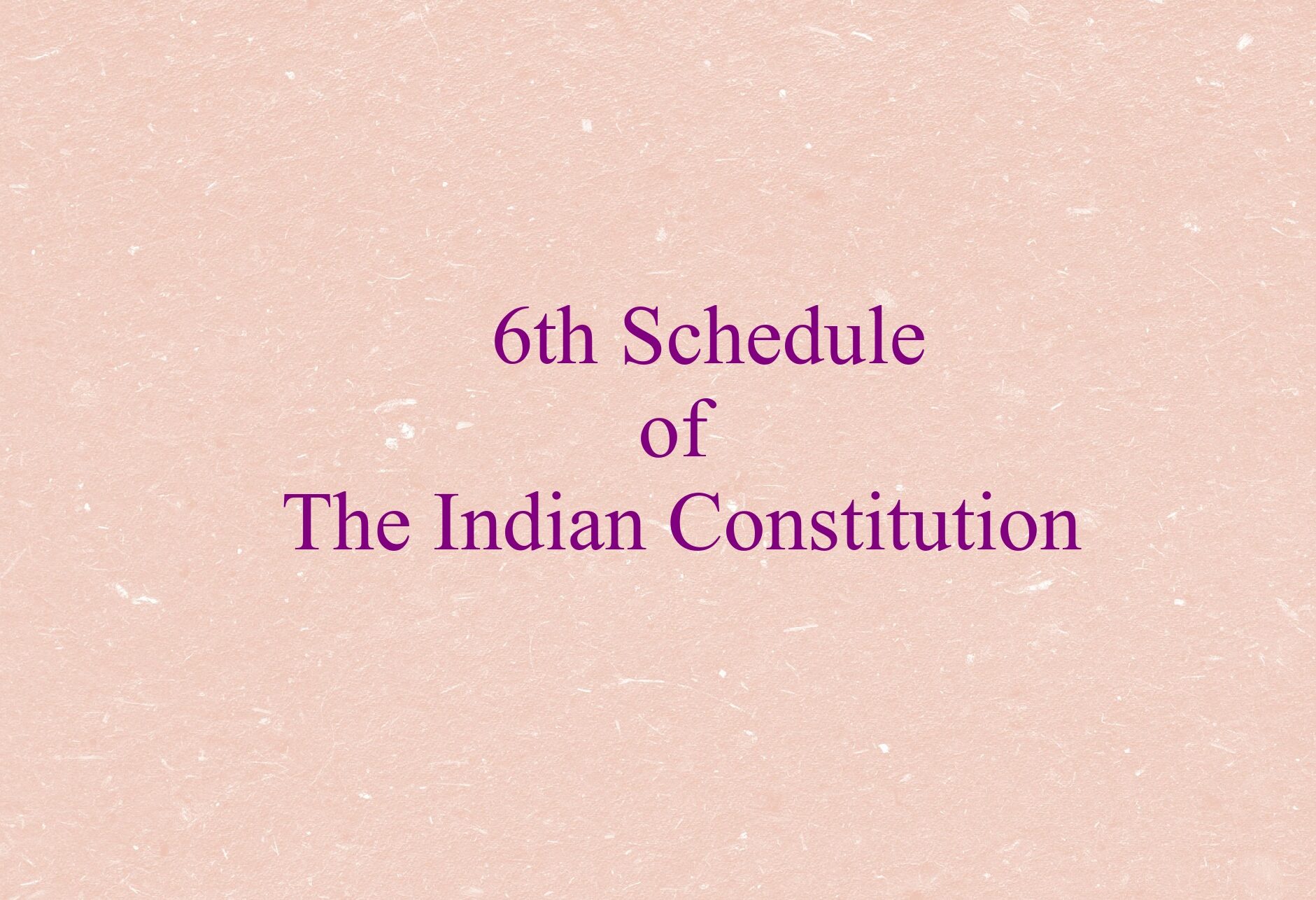Introduction
Contents
In today’s time, gender and development is a key topic in the society. A significant factor in development is gender. It is a way of looking at the effect of social expectations and power structures on the lives and resources available to various male and female classes. Worldwide, there are more women than men living in poverty. Also, women are less likely to obtain basic education and are named nationally and internationally to a political role than men.
Definition of Gender
In terms of what it means to be female or male, gender refers to socially defined ideas and practices. There are various sets of laws, norms, traditions, and practices in different cultures by which disparities between men and women are transformed into socially constructed differences between males and females, boys and girls. Such culturally defined gender identities describe rights and obligations for women and men and what ‘appropriate’ behavior is. The two genders are often valued differently, often promoting the perception that women are underlings and subordinate to men.
Gender Equality
Gender equality includes equal opportunities, rights, and responsibilities for men and women, for girls and for boys. Equality does not mean that men and women are just the same, or that women and men’s privileges, rights, and responsibilities do not depend on where men or women are born. It means that both women’s and men’s desires, expectations, and priorities are taken into account. Women control less political and economic capital compared with men, including land, occupations, and conventional positions of power. Therefore, it is critically necessary to identify and incorporate such gender inequalities into policies and studies, both from the viewpoint of human rights and to optimize effect and socioeconomic growth.
Gender equality ensures that women should have the same life opportunities as men, including the right to engage in the public arena. This represents a liberal feminist notion that dismantling sexism in women’s resources helps them to gain equal status with men. In fact, women’s status increases are calculated against the men’s average. Equal opportunity initiatives and regulations resolve the issue by steps to improve women’s engagement in public life.
Gender Mainstreaming
An organizational technique for presenting everyone with a gender viewpoint elements of the agenda and practices of an agency, by the creation of the power and responsibility of gender. The ‘gender mainstreaming’ has now been adopted by most major development organizations and many governments as a strategy to move towards gender equality. Gender considerations are seen as relevant to all facets of sustainability in a mainstreaming strategy; for all segments and fields of activity, and as a central part of the planning.
Instead of being centralized in a small central unit, responsibility for the enforcement of gender policies is distributed throughout the organizational framework. This process of mainstreaming has been seen to take one of two forms. The mainstreaming policy-setting strategy aims to change the development agenda itself while prioritizing gender issues. The integrationist approach, which is more culturally appropriate, incorporates women’s and gender problems into all current policies and services, focusing on adapting administrative processes to achieve this. Gender mainstreaming means that at all stages of culture, policy, and services, all-gender problems are discussed and desegregated.
Gender and Development (GAD)
Gender and Development (GAD) relates to the approach and method of development that is collaborative and empowering, sustainable, equitable, progressive, non-violent, supportive to human rights, tolerant of self-determination, and human capacity actualization. The GAD (or Gender and Development) way to deal with development strategy and practice centers around the socially built premise of contrasts among people and accentuates the need to challenge the existing gender relations and roles.
In comparison to the Women in Development (WID) approach, Gender and Development (GAD) was developed in the 1980s as another option. Not at all like WID, the GAD approach isn’t worried explicitly with women, yet with the manner by which a general public appoints jobs, duties, and assumptions to the two people. GAD applies gender examination to reveal the manners by which people cooperate, introducing brings about nonpartisan terms of financial aspects and ability.
Two essential structures, Gender Roles and Social Relations Research, are primarily the subject of GAD. Gender jobs center around the social development of personalities inside the family unit, it likewise uncovers the assumptions from ‘maleness and femaleness’ in their general admittance to assets. Social relations examination uncovered the social elements of various leveled power relations embedded in social foundations; likewise, it’s deciding effect on the overall situation of people in the public eye. While trying to make gender correspondence, (indicating women having the same freedoms as men, incorporating capacity to take an interest in the open arena) GAD arrangements intend to rethink conventional gender job assumptions.
GAD centers around the social or gender relations (a division of work and so forth) among people in the public eye and tries to address issues of access and authority over assets and force. It accentuates both the regenerative and beneficial part of women and contends that it is the state’s duty to help the social propagation job (generally played by women) for mindful and sustaining of youngsters.
GAD regards improvement as a perplexing cycle that is impacted by political, social, and monetary factors instead of as a state or phase of improvement. This methodology is tied in with engaging the individuals who are burdened locally and upgrading and transforming themselves to improve things.
Gender Development Index
Gender Development Index (GDI) examines the disparities between men and women with respect to the various aspects of human poverty. It helps the Human Development Index (HDI) to be balanced for gender inequality.
Gender Empowerment Measure
In important fields of economic and political engagement and decision-making, this evaluates gender inequality. Thus it differs from the GDI, which in the primary indicators acts as the indicator of gender discrimination.
Women’s Empowerment
In the literature on gender and development, the idea of women’s empowerment is prevalent, and many development initiatives not only seek to improve income and properties but to also empower women. Empowerment is described by the World Bank’s Empowerment and Poverty Reduction sourcebook (Narayan 2002) as the extension of freedom of action and choice.
Feminist theorists point out that the liberation of women requires specific additional components. Not only are women one category of many disempowered subsets of society, but they are also scattered across all types of disadvantages, including caste, class, race, and ethnicity. Secondly, in a way which is not relevant for other disadvantaged communities, household and interfamilial ties are a core locus of women’s disempowerment. Around the same time, empowerment of household ties, societal norms, and business and government structures needs structural change.
Conclusion
In terms of its impact on the relationship of power between men and women, it is important to remember that no solution can be impartial. Second, gender inequality is closely related to the power struggle that hinders the acceptance of women as key participants in the growth process and negotiators. Finally, the need to use real fieldwork findings in development theory.






